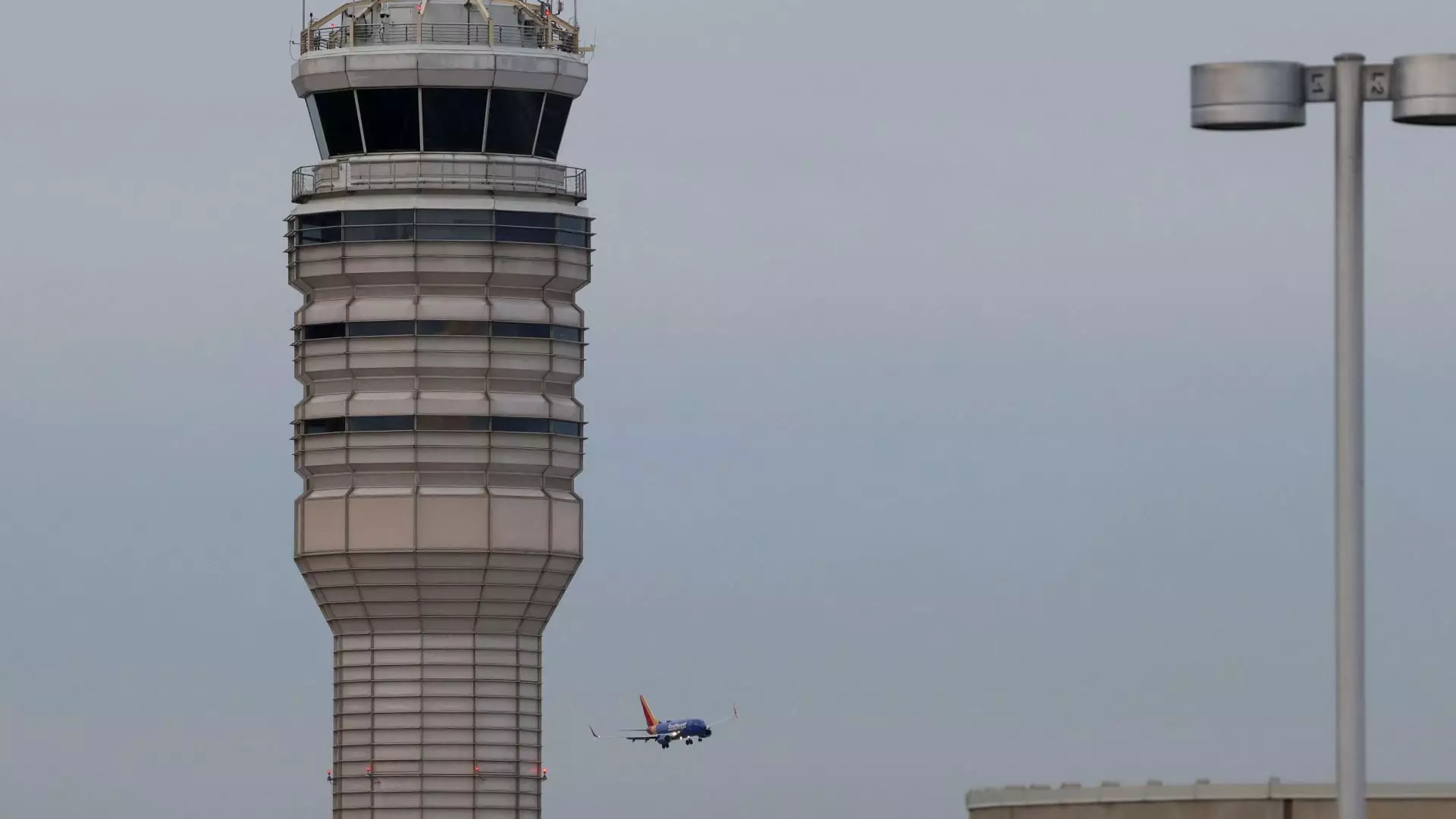In a decisive move to bolster air traffic safety, the Federal Aviation Administration (FAA) has announced new restrictions on helicopter operations in proximity to Ronald Reagan Washington National Airport. This change comes in the wake of a tragic collision between an Army Black Hawk helicopter and an American Airlines passenger jet, which resulted in the fatalities of all 67 people on board. The incident raised immediate concerns about the safety protocols surrounding air navigation in one of the busiest airspaces in the United States.
Transportation Secretary Sean Duffy was quick to address the nation, emphasizing that the newly instituted restrictions aim to enhance flight safety in the area. In a statement shared on social media platform X, Duffy asserted, “Today’s decision will immediately help secure the airspace near Reagan Airport, ensuring the safety of airplane and helicopter traffic.” The location spans critical infrastructure and regions that regularly see helicopter traffic, indicating that these measures are not just reactionary but also proactive in safeguarding public trust in aviation safety.
The designated restricted area extends from Memorial Bridge to the South Capitol Street Bridge, deliberately avoiding the Tidal Basin, and encompasses Haines Point to the Wilson Bridge, along with the airspace directly above the airport. NTSB member Todd Inman further elaborated on the procedural aspects of helicopter navigation within the District of Columbia. He clarified that helicopters typically follow specific tracks to streamline operations, suggesting that the collision may have occurred during the helicopter’s transition between these prescribed zones.
This incident marks a significant aberration in U.S. aviation history as the first deadly commercial airline accident since 2007, stirring a considerable sense of urgency within the FAA and aviation stakeholders. American Eagle Flight 5342, the flight involved, was reportedly on its final approach at a low altitude of approximately 300 feet. Such details underline the critical timing of the incident, which resulted in devastating losses. American Airlines’ CEO Robert Isom expressed concern regarding the lack of clarity about the Black Hawk’s path and warmly commended federal leadership for promptly addressing aviation safety.
As investigations continue, they will explore various factors contributing to the crash, including altitude management, pilot communication, and air traffic control coordination. It is essential for regulatory bodies and airlines to cultivate a culture of safety that promotes comprehensive analysis and adjustments to flight operations. The implications of this incident extend beyond immediate safety; they challenge aviation authorities to reassess existing protocols and strengthen collaborative efforts between military and commercial aviation sectors.
The FAA’s decision to impose restrictions on helicopter flights around such a significant airport indicates an important response to a crisis that shook the aviation community. While the tragic collision is a headline-grabbing event, it serves as a reminder of the continual need for vigilance and adaptive safety measures in air traffic management. As investigations unveil the particulars of the crash, it will be critical to ensure that the American public not only regains confidence in air travel but also trusts that their safety is the utmost priority of aviation authorities.

